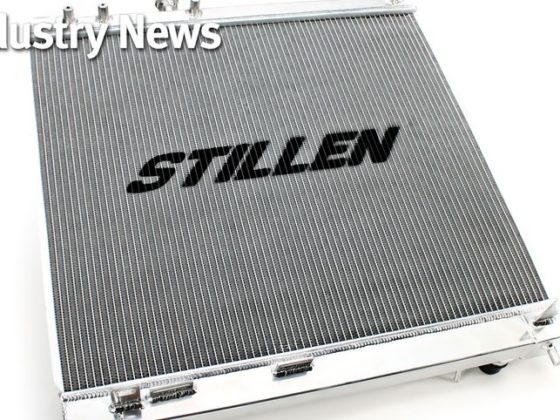
The Great ARK Design FR-S / BRZ Super Exhaust Shootout, Part 1
The FR-S/BRZ twins are proving to be somewhat difficult cars to tune. The FA20 engine is in a pretty high state of tune from the factory with a very high compression ratio and a lot of eletronic nannys. It is hard to get the car to consitantly read power on a dyno to where you can accurately measure a gain of 5 horsepower or so.
At MotoIQ we have a formula for dynoing an FR-S/BRZ. Fill car with 91 octane or the best fuel you can get in your area. Drive the car for around 10 minutes to warm it up well. Strap the car down on the dyno, monitor the engine with an OBDII scan tool, start it up and run it at low load in 4th with the dyno fans blasting until the coolant temp stabilizes. Run the car several times until it is consistent, allowing the temperature to drop to the point where the radiator fans shut off before starting another pull. This is also important so the oil temps don't get very high. Whew, now you can do a baseline. Repeat after every change.
So since we've learned how to dyno the FR-S/BRZ the hard way, it is now time for us to compare several exhaust systems from ARK Design. ARK Design, proud sponsor of the Team America Time Attack team is a manufacturer of exhausts, intakes, clutches, wheels and electronics. We have reviewed several of their parts before and have always been pleased with the results.
ARK Design makes 3 high quality exhausts for the FR-S/BRZ twins. The three exhausts are tuned to please everyone from the picky daily driver to the hard core street/track guy. ARK Design makes the Road Spec exhaust for those who want a mellow exhaust that is not too loud and with styling that matches the stock car well. The Super Flow exhaust is for guys who want the highest flowing exhaust, like people running forced induction, having internally built engines or Nitrous. Finally, there is the Racing Spec exhaust for those who want light weight, low backpressure and who are not too concerned about noise level.
Three exhausts, three different types of anticipated end use. How do they stack up on the dyno? Read on and we will find out.
 The ARK Design Road Spec exhaust is super well made, Tig welded from 304 stainless. In an age where many of the big brands are cheaping out by using 409 or lower grades of stainless and ugly robotic Mig welds where you can't see in the name of price competitiveness, it is nice to see an all 304 fully polished exhaust with old school craftsmanship. The Road Spec exhaust uses a large volume reverse flow muffler can which usually does a better job of making things quiet. It has a straight through perforated core resonator in the midpipe. The muffler has dual outlets that fill the stock openings in the rear bumper nicely.
The ARK Design Road Spec exhaust is super well made, Tig welded from 304 stainless. In an age where many of the big brands are cheaping out by using 409 or lower grades of stainless and ugly robotic Mig welds where you can't see in the name of price competitiveness, it is nice to see an all 304 fully polished exhaust with old school craftsmanship. The Road Spec exhaust uses a large volume reverse flow muffler can which usually does a better job of making things quiet. It has a straight through perforated core resonator in the midpipe. The muffler has dual outlets that fill the stock openings in the rear bumper nicely.  A cool thing about the ARK design Road Spec is you can choose between long and short tips or even no tips to suit your aesthetic tastes.
A cool thing about the ARK design Road Spec is you can choose between long and short tips or even no tips to suit your aesthetic tastes. Howard Watanabe first removed the stock exhaust. The Road Spec exhaust sorta mimics the layout of the stock exhaust except the stock exhaust has a side instead of a center inlet to the main muffler. Our test mule is a bone stock Subaru BRZ.
Howard Watanabe first removed the stock exhaust. The Road Spec exhaust sorta mimics the layout of the stock exhaust except the stock exhaust has a side instead of a center inlet to the main muffler. Our test mule is a bone stock Subaru BRZ. The stock exhaust is actually not bad and we have found that some aftermarket exhausts have zero gain over stock! You can see smaller tubing diameter and crushed and tight radius bends of the stock part.
The stock exhaust is actually not bad and we have found that some aftermarket exhausts have zero gain over stock! You can see smaller tubing diameter and crushed and tight radius bends of the stock part.


